South (1919) Online
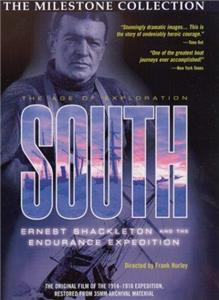
- Original Title :
- South
- Genre :
- Movie / Documentary / Adventure / History
- Year :
- 1919
- Directror :
- Frank Hurley
- Cast :
- Ernest Shackleton,Frank Worsley,J. Stenhouse
- Type :
- Movie
- Time :
- 1h 28min
- Rating :
- 7.4/10
The story of the 1914-1916 Antarctic exploration mission of Sir Ernest Shackleton. The ship sails south, breaking the ice, and ultimately getting trapped by the fast-changing weather. The ship breaks up in the ice, and while 22 men and 70 dogs wait on Elephant Island, Shackleton and a crew of five take a 20-foot lifeboat 800 miles to South Georgia Island to mount a rescue mission. We also get a good look at the exotic animals of the region, particularly the penguins.
| Complete credited cast: | |||
| Ernest Shackleton | - | Leader of the Expedition (as Sir Ernest Shackleton) | |
| Frank Worsley | - | Captain of the Endurance (as Captain F. Worsley) | |
| J. Stenhouse | - | Captain of the Aurora (as Lieut. J. Stenhouse) | |
| L. Hussey | - | Meteorologist (as Captain L. Hussey) | |
| Dr. McIlroy | - | Head of Scientific Staff | |
| Mr. Wordie | - | Head of Scientific Staff (as Wordie) | |
| Dr. Macklin | - | Doctor | |
| Frank Wild | - | Second in Command of the Endurance | |
| Tom Crean | - | Crewman | |
| Mr. James | - | Crewman (as James) | |
| Mr. Clark | - | Crewman (as Clark) | |
| Mr. Greenstreet | - | Crewman (as Greenstreet) |
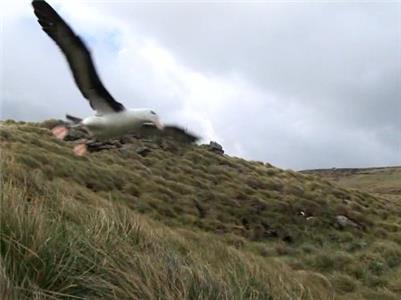

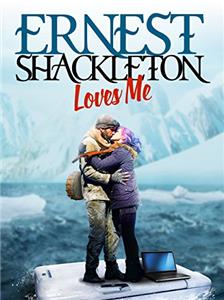

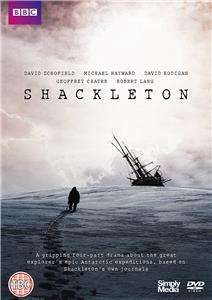
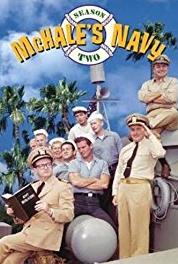
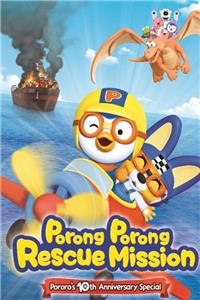

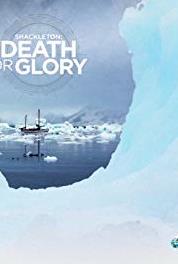
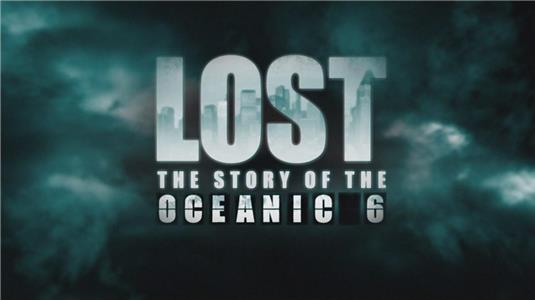
User reviews